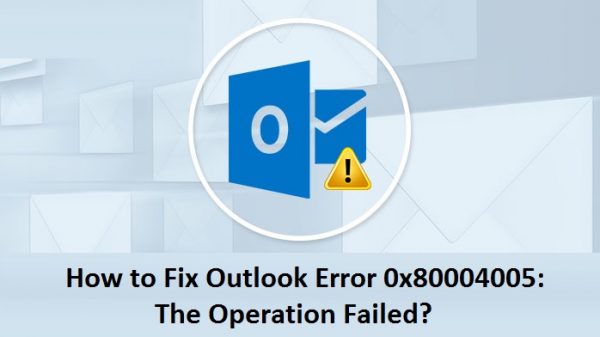Cyber threats are on the rise. As a business owner, you have a responsibility to safeguard your company’s data and systems from cyberattacks. An effective approach is to implement a cyber risk management program. This involves identifying your cyber risks, assessing their potential impact, and applying controls to reduce those risks. With a risk-based program, you can focus your limited resources on protecting what matters most.
https://www.pexels.com/photo/a-man-looking-at-a-computer-screen-with-data-6963944/
Assess Your Risks
Start by taking an inventory of your digital assets – things like data, hardware, software, and networks. For each asset, consider the likelihood of a cyberattack and the potential impact. Risks to assess include:
- Data breaches: loss or exposure of sensitive customer/employee information.
- Ransomware attacks: hackers encrypt your data until you pay a ransom.
- DDoS attacks: hackers overwhelming your network to cause outages.
- Insider threats: employees stealing data or damaging systems.
- Phishing/social engineering: employees divulging credentials through deception.
To visualize risks, use a risk matrix template. This template has an x-axis representing likelihood and a y-axis for impact. Plot each risk on the matrix based on your analysis. Risks falling into the high likelihood/high impact quadrant are priorities for mitigation.
Analyze and Prioritize Risks
With your list of risks, analyze the likelihood of each one occurring along with the potential impact. Plot the risks on a risk matrix to visualize and prioritize them. Risks falling into the high likelihood/high impact quadrant are priorities for mitigation. Those in the low likelihood/low impact quadrant are lower priority.
Apply Security Controls
For your high priority risks, research and implement security controls to reduce them. Example controls include:
- Endpoint security: antivirus, firewalls, patch management on devices.
- Access controls: principle of least privilege, multi-factor authentication.
- Data encryption: encrypt sensitive data at rest and in motion.
- Backup/disaster recovery: regularly back up data, test restores.
- Incident response plan: detect, respond to, and recover from attacks.
Monitor and Review
Manage your cyber risk program on an ongoing basis. Continuously monitor for new cyber threats or changes to your business that could impact risk. Review your risks, controls, and priorities every 6 months or annually. Cyber risk management is not a one-and-done activity but a continuous process.
The Importance of Planning and Prevention
An ounce of prevention is worth a pound of cure when it comes to cybersecurity. Though no plan can prevent all attacks, companies who proactively manage cyber risks are much better positioned to avoid damage and recover when incidents occur. Investing in prevention also reduces the costs of dealing with breaches down the road.
Partnering with Experts
Don’t go it alone. If you lack the expertise in-house, partner with qualified cybersecurity professionals. An experienced firm can help you thoroughly assess risks, architect controls, and respond effectively to limit damages in the event of an attack. Think of it as getting insurance – their knowledge can protect your business.
Cyber threats are growing in scale and sophistication. Companies that put a risk-based cybersecurity program in place will be well prepared. Identify your risks, apply controls to reduce them, and monitor the threat landscape continuously. With proactive planning and help from experts, you can effectively manage cyber risks and protect your business. Safeguard what matters most with a sound cyber risk management approach.













































































